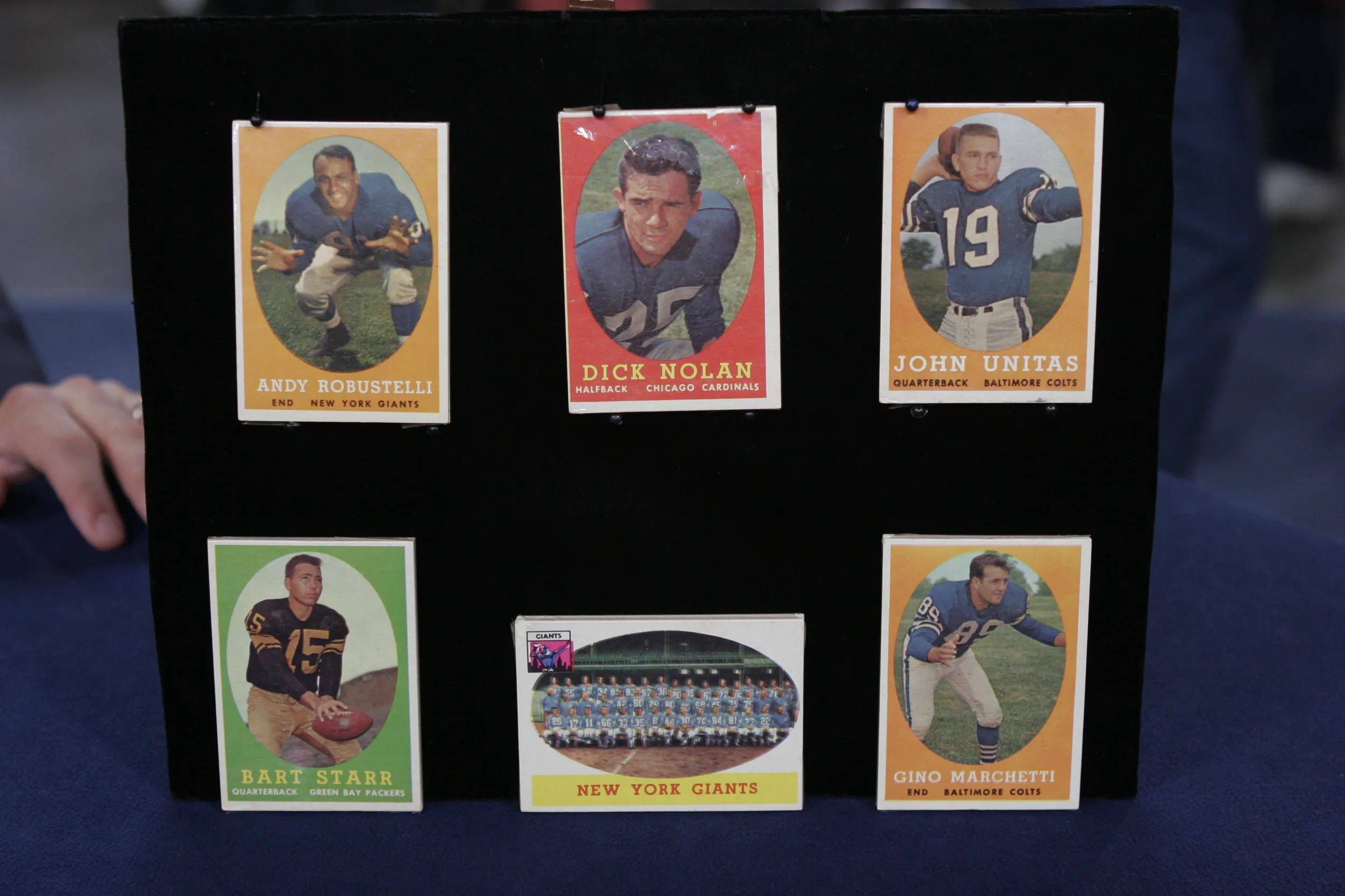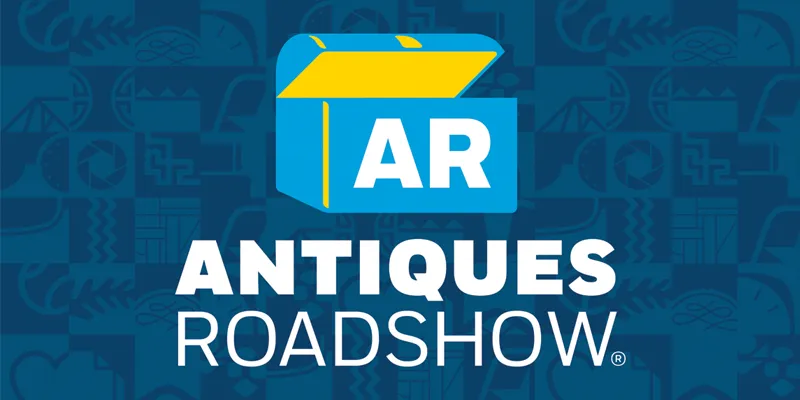GUEST: I brought in a Confederate two-dollar bill. It came from my late husband's family. I teach eighth-grade history, and I use it as a teaching tool.
APPRAISER: And I'll bet the kids love that.
GUEST: They do. And if you turn it over, there's an inscription on the back. I try to tell my students that during this war, it wasn't unusual for men of both sides to get together and to talk. And this is one of those instances. There's a Confederate soldier who presented this two-dollar bill to my late husband's great-great-great-grandfather, A .W. Benedict, in 1863. And it's got his name here, John Graber, I believe it is. And it was done in a battlefield in Pennsylvania.
APPRAISER: If you notice, the 76th New York is the regiment.
GUEST: Uh-huh.
APPRAISER: That's a very famous regiment. And the date, April 1863, that's two months before this regiment would go into the Battle of Gettysburg.
GUEST: Oh, wow.
APPRAISER: They suffered huge casualties at the Battle of Gettysburg, which, to a collector or to a student trying to stay awake, is going to make a good little...
GUEST: Anecdote.
APPRAISER: Right, exactly. The note itself was issued in 1862 from Richmond, Virginia, which was the capital of the Confederacy. In the center of the note, we have the image. Do you know what that image is?
GUEST: No, I don't.
APPRAISER: This image is of the personification of the South striking down Union.
GUEST: Oh, wow.
APPRAISER: They did a lot of those symbolic images on currency of the time. And do you know who this man is in the upper left-hand corner?
GUEST: No, and I probably should.
APPRAISER: He's Judah P. Benjamin.
GUEST: Benjamin, right.
APPRAISER: He was in the Confederate cabinet, and he's the only man that was of the Jewish faith that was in the cabinet of the Confederacy.
GUEST: Right.
APPRAISER: It has a few tears, a few folds.
GUEST: Yeah.
APPRAISER: And that just happens from regular use. The note itself is about a $50 note.
GUEST: Right.
APPRAISER: But, with the inscription on the back, the history, the association with the Battle of Gettysburg, it's probably about a $250 piece.
GUEST: Oh, wow, thank you.












